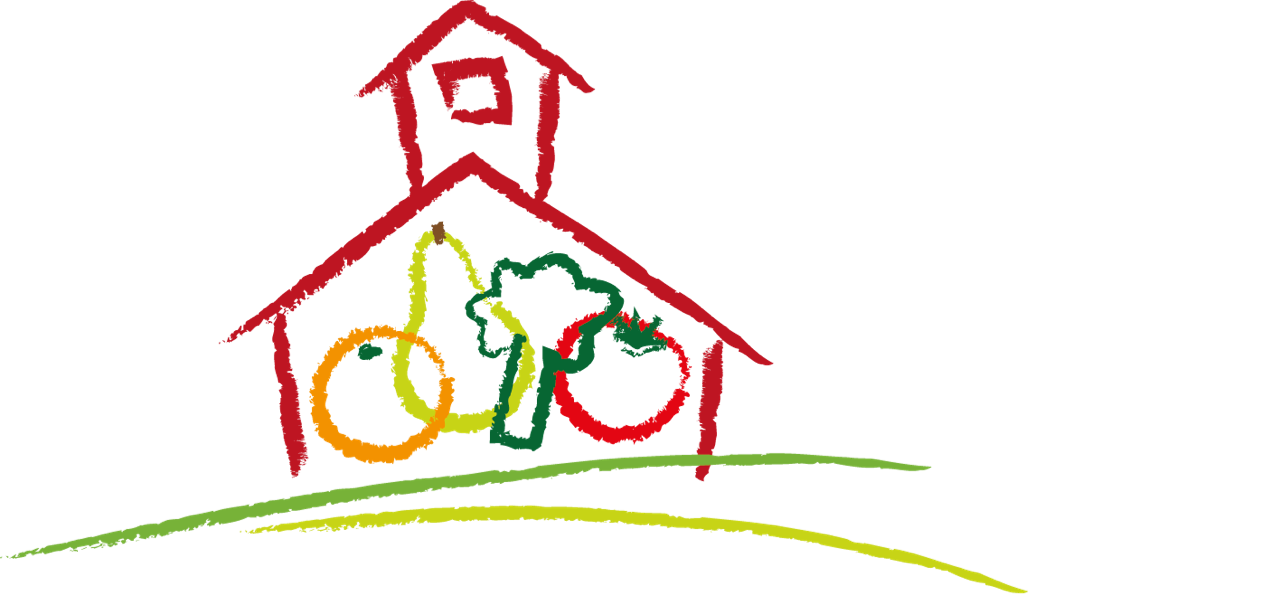Is Your District Considering a Salad Bar?
A salad bar incorporated into a school meal program can be one of the best ways to increase healthy eating habits and fresh fruit and vegetable consumption. It can also allow for increased learning potential for both students and food service staff. If your school is interested in procuring a salad bar or applying for a salad bar grant through the Salad Bars to Schools program, this article will guide you through some key factors to successful salad bar implementation. All the resources and information in this article can be found on The Lunch Box.
Adequate preparation for launch is essential to successfully implementing a salad bar program. There are several tools available to help you with this process. The Salad Bar Site Assessment is a downloadable and customizable tool that can be accessed on The Lunch Box. It walks you through evaluating labor, which equipment may be best for your districts, and regulations. It will help you identify specific challenges and assets per school site, and will help in creating a realistic budget, timeline and implementation strategy moving forward. Some of the things that the site assessment will help you consider are:
- Operation Models
- Age groups served and ADP
- Prep and Storage space
- Location and flexibility of the POS
- Line speed adjustments with the current model
- Vendor relationships
It’s not realistic for us to generalize what one district can or cannot support, but a good strategy is to be accountable for the changes ahead of time, track new program costs and adjust accordingly. A common misconception is that a salad bar will require more labor than a district’s current model of operation. Salad bar labor requirements can often be met by shifting the tasks and times of the existing team, and evaluating your current hotline service to accommodate your new equipment. We have editable example templates to run through different salad bar well arrangements. Working with your team prior to launch will help familiarize everyone with your plan going forward.
Getting students accustomed to using the salad bar is another crucial piece to successful salad bar implementation. Salad bars are an excellent way to engage the community around fresh and healthy diets and have the potential to influence healthy eating habits that can last a lifetime. Therefore, marketing your bar before, during and after your implementation will support the long term success of your bar, and will allow for an easier transition in the cafeteria. The Lunch Box has free downloadable Posters and Signs for your district to utilize around the cafeteria and on your salad bar. Adopting regular and robust cafeteria education could prove to engage your students in new ways, and interest them in participating in school food lunches.
Some examples that we have seen the most success with are rainbow days and harvest days. On Rainbow days, students are asked to create a rainbow with three or more fruits and vegetables on their tray. Once they finish eating their creations, they receive a sticker or other small reward. Check out this link to see a full How To for successful Rainbow Day implementation. The Lunch Box has many additional resources to help you navigate lunchtime nutrition education, with downloadable volunteer resources, flyers, sticker templates and more.
With all of these resources in your back pocket, you will be ready for your fresh and nutritious salad bar. The Salad Bars to Schools program is a simple and straightforward application that has the potential to fund one or all of the bars for your district. Complete your application today and check out all the available salad bar resources on The Lunch Box!

